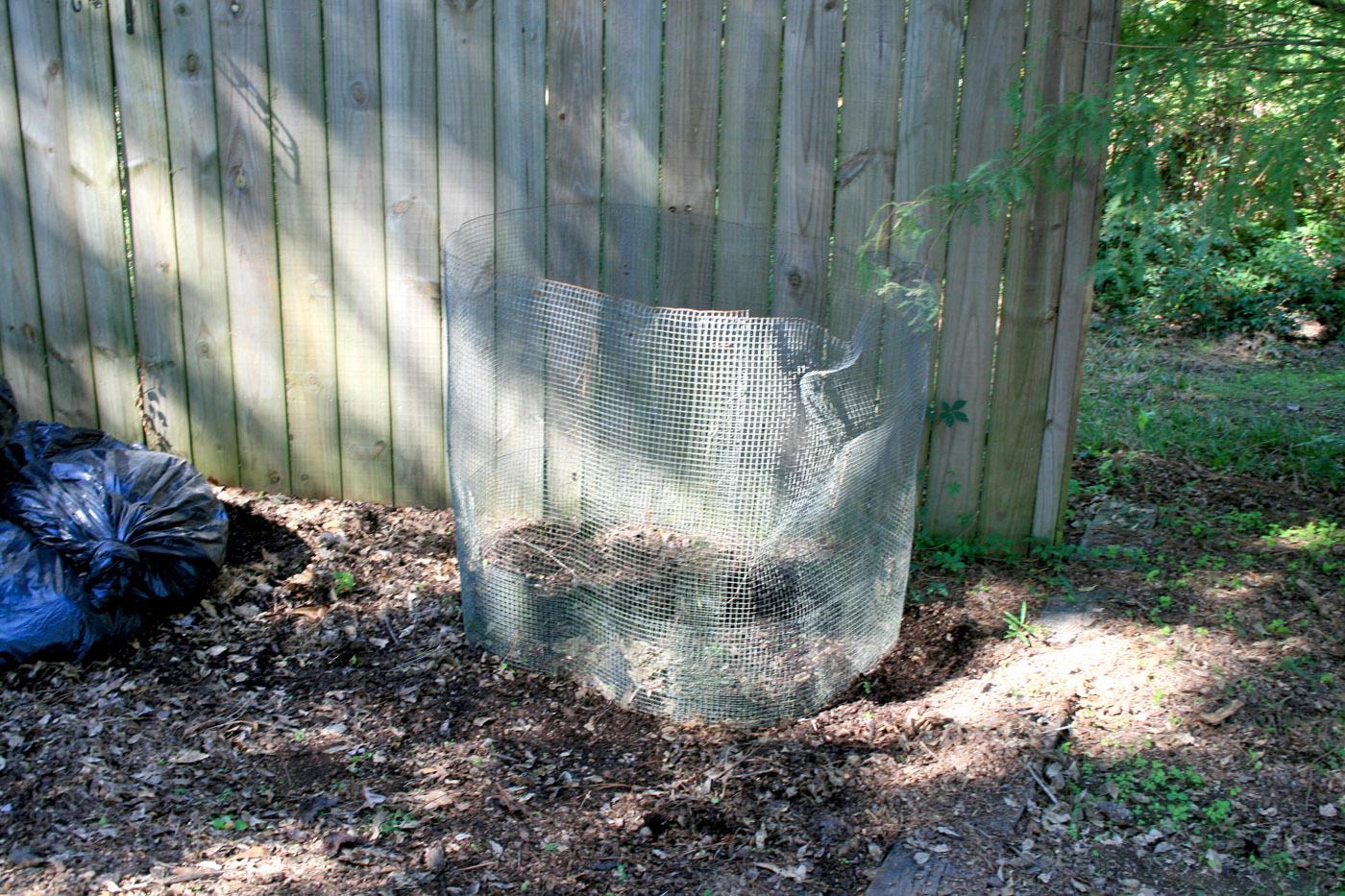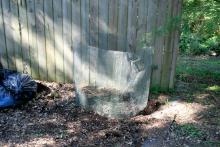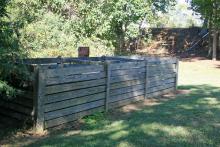Information Possibly Outdated
The information presented on this page was originally released on July 1, 2010. It may not be outdated, but please search our site for more current information. If you plan to quote or reference this information in a publication, please check with the Extension specialist or author before proceeding.
Turn organic waste into 'garden gold'
Compost is nature's gift to our gardens, helping retain moisture and aerate the soil, and it is easy to make and totally free. Compost is one of the greatest bargains for both experienced and novice gardeners.
Compost is the dark, crumbly, partially decomposed form of organic waste material on its way to becoming humus. Compost is an excellent soil conditioner. It is easy to handle and stores for long periods.
By some estimates, organic waste such as grass clippings, leaves and yard waste make up about 30 percent of the materials going to landfills. Composting is an ecologically sensible and environmentally safe way to use this organic waste.
Composting is managing the natural decomposition processes of organic matter. Microorganisms responsible for this natural decomposition produce a heat cycle, and composting is complete when the temperature decreases. Composting can reduce the volume of organic matter by up to 50 percent.
Compost is primarily used as a soil amendment and mulching material. Compost adds texture to sandy soil, improving its ability to hold water. When added to clay soil, it breaks up the small clay particles and improves drainage.
Gardeners often describe the process of building a compost pile in terms of layers, but these layers do not have to be clearly defined and are not really necessary. Layering does allow the quickest and most complete decomposition of organic waste.
Use the “lasagna method”: Alternate layers of brown material with layers of green material, making sure the brown layers are at least two times as thick as the green layers. Adding a thin layer of soil with each layer helps inoculate the compost pile with microorganisms. Thoroughly moisten the layers for an adequate initial moisture content.
To have enough of the right organic materials, you may need to stockpile dry materials in the fall, winter and early spring to have on hand when green materials such as grass clippings become available.
While all organic materials will decompose, not all are suitable to be included in your compost pile. Do not include diseased plant material; weedy plants that have gone to seed; grease, fats, oils, meat scraps or bones; or sawdust or wood shavings from preserved wood.
The size of your compost pile will vary depending on how much organic material is available, but it must be big enough to maintain heat and moisture for the microorganisms. Typically, anything smaller than a 3-foot-wide by 3-foot-high compost pile will not decompose organic waste properly.
While simply making a pile is the easiest method of composting organic waste material, you may want to use a bin or enclosure. If you do not want to build your own compost bin, many types of composting bins are available through gardens centers, by mail-order and on the Internet.
Place your compost pile in a convenient location away from areas with poor drainage. While a shady area is best to help control temperatures around your compost pile, tree roots may spread quickly into your compost pile. Roots are drawn to the cooler temperatures, moisture content and nutrient availability in your compost, and their presence makes it difficult to dig in and around your compost pile.
Your finished compost will be dark and crumbly with a fresh, earthy smell when it is ready for your garden.











